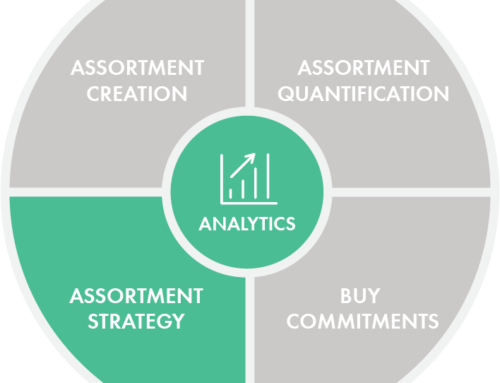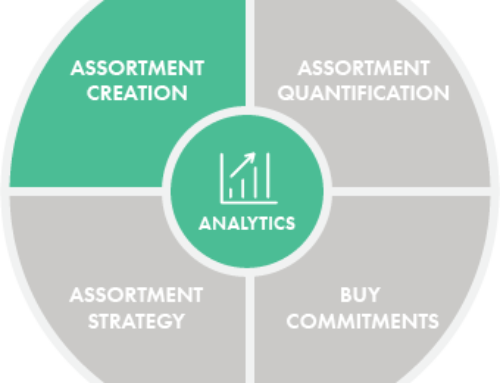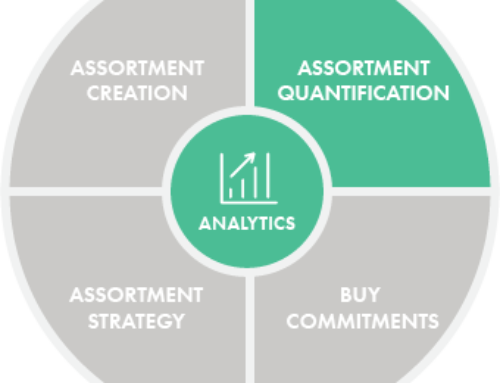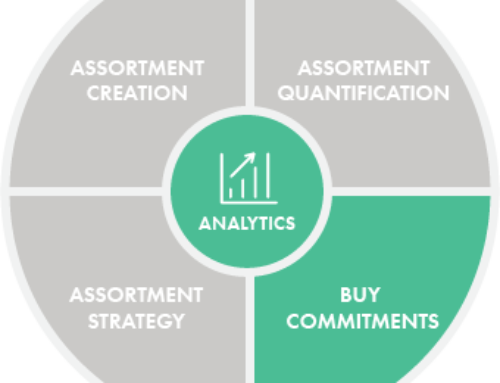Merchandise planning at the most basic level is about
- anticipating customer demand, then
- Inventory Planning must meet that demand while
- satisfying the company’s financial objectives – to maximize profit.
This video training mini-series covers the second step in merchandise planning. The basic concepts of retail math for inventory planning are explored through workflow typically used in retail by merchandise planning professionals.
If you haven’t already done so, please review the introductory video on MFP and understand retail sales planning before proceeding to the videos below.
The Inventory Planning Balance Set
The balance set documents and measures the value of your inventory over time
- Ending Inventory Calculations
- Retail Inventory Additions vs Retail Inventory Reductions
- the concept of perpetual inventory
Now that you understand the components of an inventory planning balance set, let’s look at each of the metrics within the balance set that affect it.
Markdown Planning:
- Markdown Planning in Retail
- Different Types of Retail Markdown
- Calculations and their impact on your inventory
In addition to markdowns, you may have other inventory adjustments which may affect your balance set.
Inventory Adjustments
In this session we examine a number of inventory adjustments to explore whether they need to be planned.
Once the balance set accounts for all the inventory metrics, you can examine your additional purchasing needs.
Receipt Planning
- Inventory receipt planning
- Open to buy planning
- Formulas for Open to buy
Now that you understand the basics of how to plan for customer demand – sales planning, and how to plan your inventory to meet that demand, you can click here to check out some of the performance metrics used in merchandise planning.











